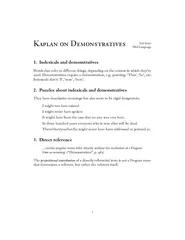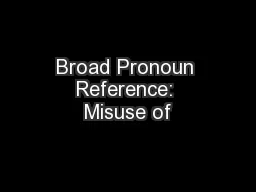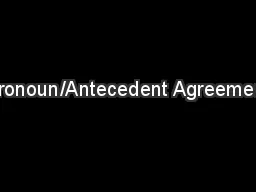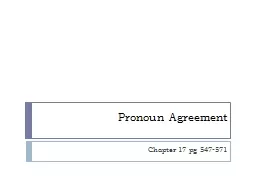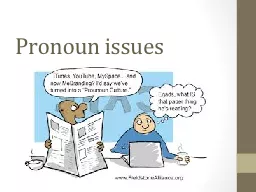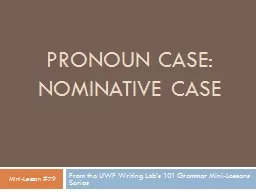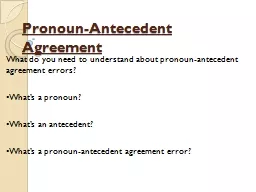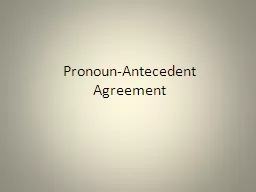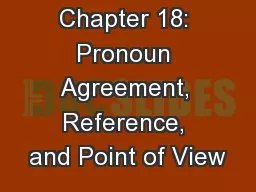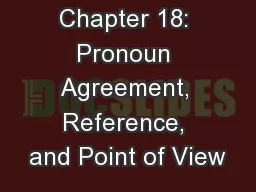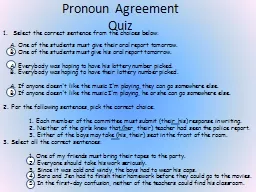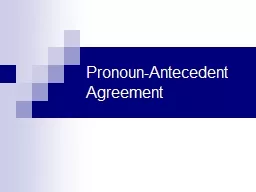PPT-Grammar 3.3 Interrogatives and Demonstratives; Pronoun Agreement
Author : test | Published Date : 2019-12-05
Grammar 33 Interrogatives and Demonstratives Pronoun Agreement Main Ideas Interrogative Pronouns are usually found in sentences that ask questions The antecedent
Presentation Embed Code
Download Presentation
Download Presentation The PPT/PDF document "Grammar 3.3 Interrogatives and Demonstra..." is the property of its rightful owner. Permission is granted to download and print the materials on this website for personal, non-commercial use only, and to display it on your personal computer provided you do not modify the materials and that you retain all copyright notices contained in the materials. By downloading content from our website, you accept the terms of this agreement.
Grammar 3.3 Interrogatives and Demonstratives; Pronoun Agreement: Transcript
Download Rules Of Document
"Grammar 3.3 Interrogatives and Demonstratives; Pronoun Agreement"The content belongs to its owner. You may download and print it for personal use, without modification, and keep all copyright notices. By downloading, you agree to these terms.
Related Documents


